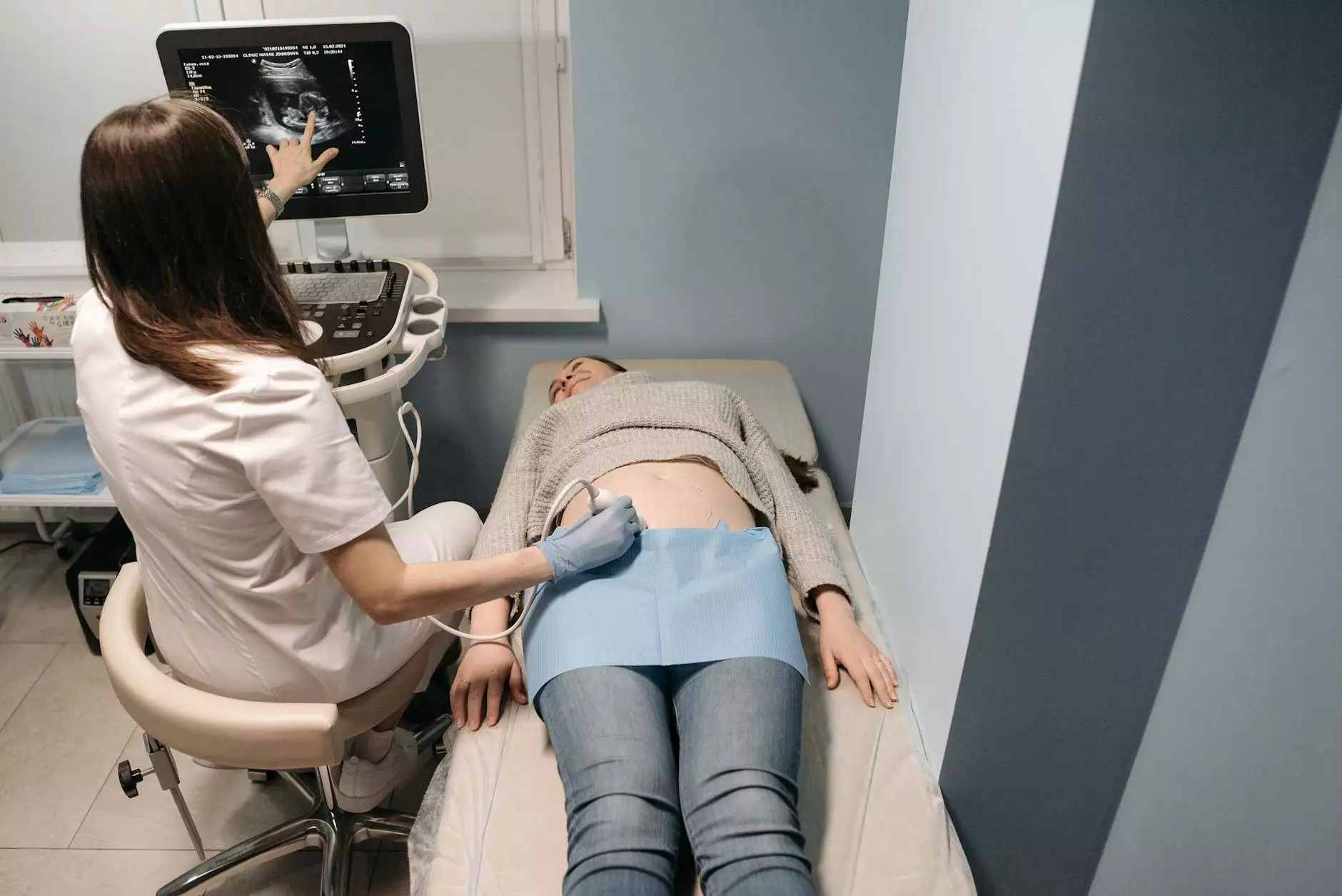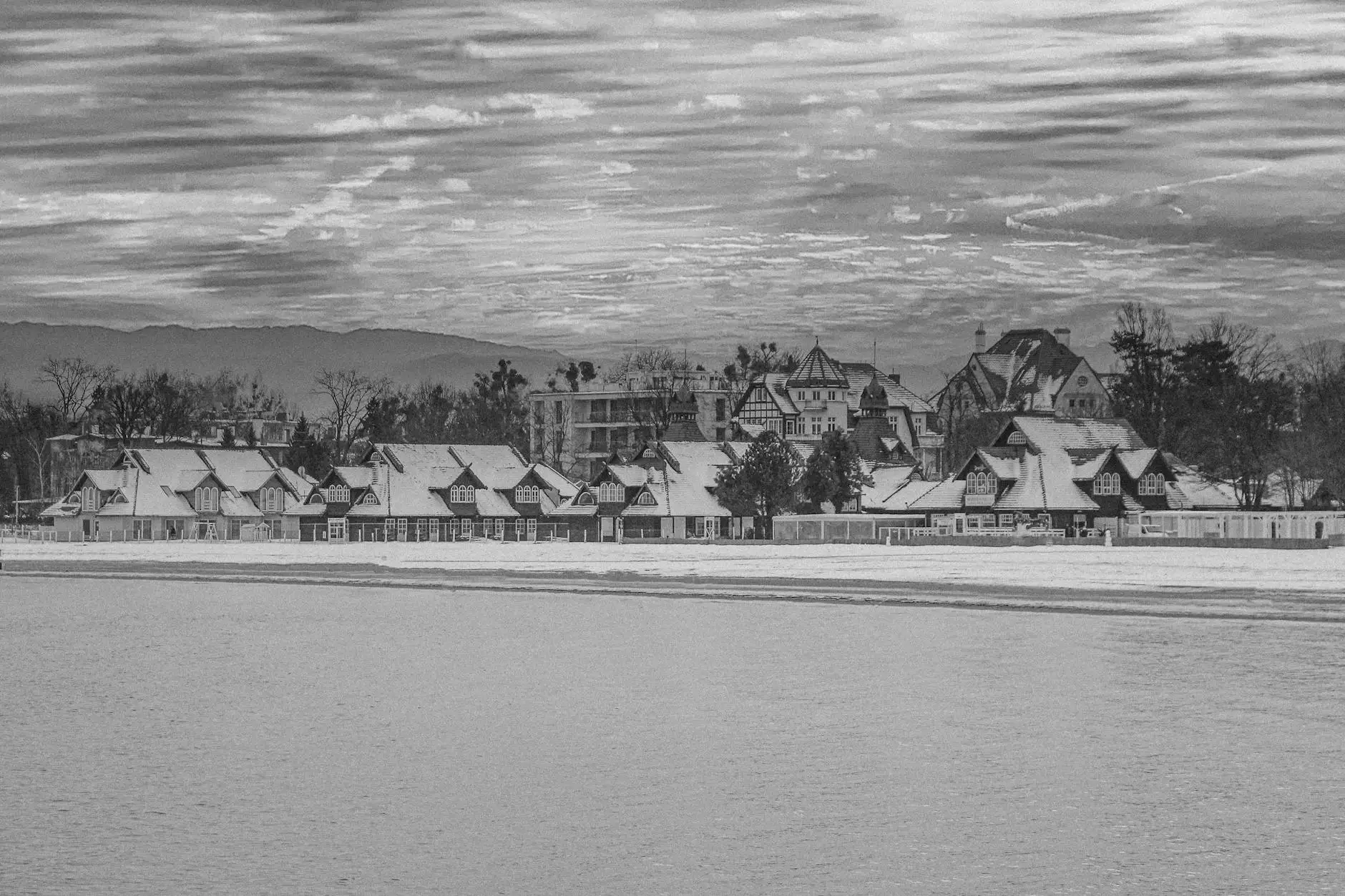Understanding CT Scans for Lung Cancer: A Comprehensive Guide

Lung cancer is one of the leading causes of cancer-related deaths worldwide. Early detection is crucial for better outcomes, and this is where a CT scan for lung cancer plays a vital role. In this article, we will explore everything you need to know about CT scans, their significance in diagnosing lung cancer, and how they can impact your treatment options.
What is a CT Scan?
A Computed Tomography (CT) scan is a sophisticated imaging technique that utilizes X-rays to produce detailed cross-sectional images of the body. CT scans are widely used in medical diagnostics and can provide comprehensive information about the structures within the lungs, including detecting tumors and other abnormalities.
How Does a CT Scan Work?
The process of obtaining a CT scan is relatively straightforward and involves the following steps:
- Preparation: The patient may be asked to change into a hospital gown and remove any metal objects that could interfere with the scan.
- Positioning: The patient is positioned on a table that slides into the CT machine, which is shaped like a large donut.
- Scanning: The CT machine rotates around the patient, taking multiple X-ray images from various angles. These images are then processed by a computer to create detailed cross-sectional images of the lungs.
- Contrast Material: In some cases, a contrast dye may be administered to enhance the visibility of certain tissues and blood vessels.
The Importance of CT Scans in Lung Cancer Detection
CT scans are crucial in the early detection of lung cancer for several reasons:
- High Sensitivity: CT scans are more sensitive than regular X-rays and can detect smaller tumors that may not be visible on standard imaging.
- Detailed Imaging: The detailed images produced by CT scans help doctors assess the size, shape, and location of tumors, which is vital for planning treatment.
- Non-Invasive: CT scans are non-invasive and can be performed quickly, making them a safe option for patients.
- Monitoring Progress: CT scans are also used to monitor the effectiveness of treatment, allowing healthcare providers to make necessary adjustments.
Who Should Get a CT Scan for Lung Cancer?
Early detection is key to improving survival rates for lung cancer. Therefore, individuals at high risk of developing lung cancer should discuss the possibility of getting a CT scan with their healthcare provider. The following groups are typically considered at higher risk:
- Individuals aged 55 years and older
- Current or former smokers with a significant smoking history (e.g., 30 pack-years)
- Individuals with a family history of lung cancer
- People exposed to certain environmental toxins or occupational hazards
What to Expect During Your CT Scan
Understanding what to expect during a CT scan can help alleviate any anxiety. Here’s a brief overview of the experience:
- Duration: The scan typically takes about 10 to 30 minutes.
- Painless Procedure: The scan is painless, though you may be asked to hold your breath for short periods to ensure clear images.
- Post-Scan Instructions: After the scan, you can typically resume your normal activities immediately unless otherwise instructed.
Risks and Considerations of CT Scans
While CT scans are generally safe, there are some risks associated with them:
- Radiation Exposure: CT scans involve exposure to radiation, but the benefits of early detection often outweigh the risks.
- Allergic Reactions: Rarely, some patients may have allergic reactions to the contrast dye used during the scan.
- Overdiagnosis: The sensitivity of CT scans may lead to the detection of non-cancerous lesions, which can result in unnecessary anxiety and additional testing.
Follow-Up and Further Testing
Once the CT scan is completed, your doctor will review the results and discuss them with you. If abnormalities are detected, additional tests may be required, such as:
- Biopsy: A procedure to remove a small sample of lung tissue for further evaluation.
- Positron Emission Tomography (PET) Scan: This imaging test may be used in conjunction with a CT scan to provide more detailed information about cancer spread.
- Additional Imaging Tests: Further imaging techniques may be necessary to get a comprehensive understanding of lung health.
How HelloPhysio.sg Can Assist You
At HelloPhysio.sg, we understand the importance of comprehensive healthcare, especially concerning serious conditions such as lung cancer. Our team of health and medical professionals is dedicated to providing you with:
- Thorough Assessments: We conduct comprehensive evaluations to determine your risk factors and health needs.
- Guidance on CT Scans: We assist you in understanding the importance of CT scans and guide you through the process.
- Physical Therapy Support: Post-treatment care is essential. Our specialists provide physical therapy services to help you recover and maintain a healthy lifestyle.
- Ongoing Support: We are here for you, offering emotional and physical support during your healthcare journey.
Conclusion
In conclusion, CT scans for lung cancer are a vital tool in the early detection and management of this serious disease. By understanding the process and its importance, you can take proactive steps towards your health. Don't hesitate to reach out to us at HelloPhysio.sg for more information on how we can assist you in your health journey, including the crucial aspect of lung cancer screening and ongoing care.









